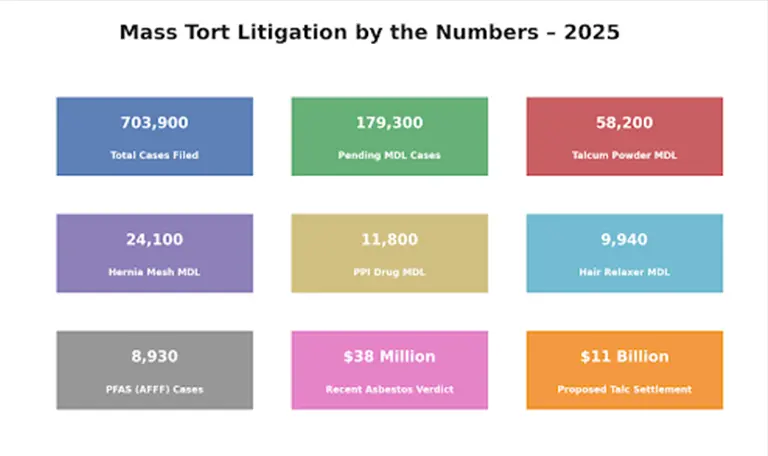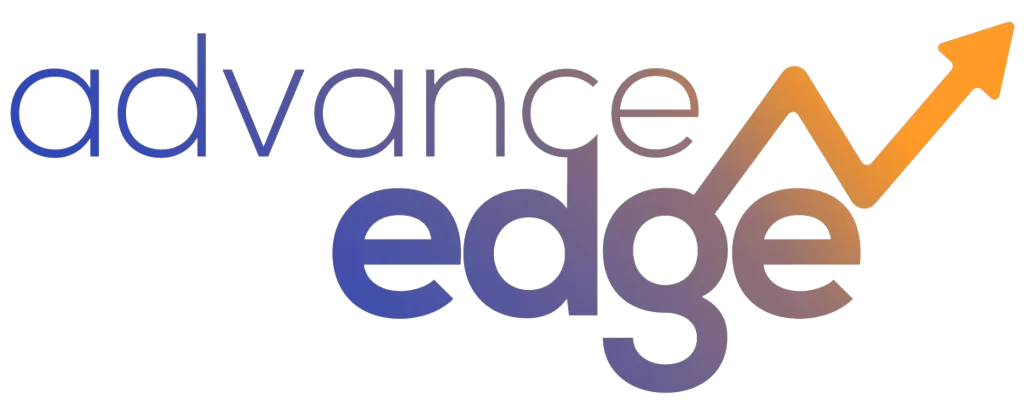If you’ve spent any time in the mass tort space, you already know this: Things don’t stay still for long. And in 2025? They’re moving faster than ever.
Tighter regulations, surging caseloads, emerging litigation types, and clients demanding greater transparency—law firms are feeling the heat from all sides.
After 15 years working alongside legal teams of all sizes, helping them navigate this kind of volatility, I’ve learned one key lesson: it’s not enough to survive. You need to stay ahead of the curve.
Here’s how the most forward-thinking firms are doing exactly that.
The Ground is Shifting—Regulations Are Changing the Game
2025 has brought updates no firm can afford to ignore. Amendments to the Class Action Fairness Act (CAFA) now mean tighter rules around class certification and jurisdiction. And let’s not forget the growing influence of “Right to Know” laws. Plaintiffs have access to more risk data than ever, which means discovery is no longer just about finding documents—it’s about knowing where the red flags were hiding before your defense does.
Some states—Texas and California—are fine-tuning tort rules to limit damages or shrink filing windows. If your intake team isn’t tuned into those shifts, you’re already at risk of losing good cases before they start.
Ethics, Compliance, and the Fine Line Between Automation and Oversight
Legal tech is booming, but so is scrutiny. ABA Opinion 506 has made it clear: delegating intake tasks to nonlawyers is fine—if it’s done right. That means clear protocols, careful oversight, and total transparency with your clients.
And then there’s privacy. We’re in a world of HIPAA audits, phishing risks, and clients asking hard questions about how their medical records are stored. If your firm can’t answer those confidently, someone else will.
The Tech Isn't Just Fancy—It’s a Lifeline
Let’s talk about what really saves time and cuts costs: automation, analytics, and platforms built specifically for mass torts.
The firms leading the way in 2025 are the ones who’ve moved beyond Excel sheets and email threads. They’re using platforms like AdvanceEdge to auto-sort documents, pre-vet leads, flag red flags early, and cut down time spent on medical record reviews.
Predictive analytics? Not just buzzwords anymore. They’re being used to forecast settlement values and decide which cases are worth pushing and which ones will just eat up resources.
MDLs: The Process Still Rules the Outcome
Mass torts still live and breathe through MDLs. But the way firms work through them has evolved.
It’s no longer just about getting cases consolidated. It’s about building the right leadership teams, tracking bellwether trials as data points, and using those to negotiate smarter. Discovery is tighter. Case management orders are more demanding. And early mediation isn’t just encouraged—it’s expected.
If you’re still treating MDLs like the same six-step process from 2017, you’re behind.
Lien Resolution Is No Longer an Afterthought
This used to be something firms dealt with after the checks started arriving. Not anymore.
Private insurers, Medicaid, Medicare—they’re watching. And failing to resolve liens upfront can blow up a settlement you’ve worked years to build. Some firms are even proactively building lien resolution workflows into their client journey. It’s no longer optional.
And in high-exposure cases? We’re seeing more firms explore bankruptcy strategies and long-term trusts as part of a broader plan to close out mass torts cleanly.
By the Numbers: What’s Actually Happening in 2025
Let’s look at the current landscape:
- Over 703,900 mass tort cases have been filed as of April 2025
- 179,300 are still active in MDLs
- 58,200 are in the Johnson & Johnson Talc Powder MDL alone
- $38 million was recently upheld in a New York asbestos verdict
- 8,930+ PFAS (AFFF firefighting foam) lawsuits—and rising
A possible $11 billion global settlement looms for talc plaintiffs, pending bankruptcy court approval
This isn’t a slowdown. It’s a surge.

What’s Coming: Trends You Should Be Watching
- Medical litigation isn’t done. Expect lawsuits around mRNA vaccine side effects and medical devices with faulty long-term data.
- Opioid suits are evolving. Think less about manufacturers and more about downstream players—pharmacies, distributors.
- PFAS and toxic torts are exploding. New sites. New lawsuits. And local governments are starting to pay attention.
- AI and cybersecurity breaches may soon trigger a whole new wave of digital mass torts.
This isn’t just about injury anymore—it’s about data, ethics, and accountability.
What Advance Edge Brings to the Table
If you’re reading this and thinking, this is overwhelming, you’re not alone.
That’s exactly why we built Advance Edge: to help firms like yours manage volume, complexity, and scale, without burning out your team.
We’re not a cookie-cutter CRM or a patchwork of intake tools. We’re a purpose-built platform that helps you:
- Intake smarter, not just faster
- Flag weak cases before they cost you
- Stay compliant, even when the rules shift
- Use real-time data to make better, faster case decisions
Think of us as your behind-the-scenes legal ops partner. Quiet, powerful, and always on your side
Positioning Your Practice for What’s Next
Mass tort litigation in 2025 is intense. It’s demanding. It’s complex. But it’s also an enormous opportunity for the firms that are willing to evolve.
If you want to lead instead of chase, now’s the time to rethink how your practice runs. Technology, process, strategy—they all have to line up.
And if you’re ready to take the next step, AdvanceEdge is here to walk it with you.
Mass torts in 2025 aren’t business as usual.
We’re seeing faster dockets, tighter rules, more tech, and far more pressure on law firms to deliver results—ethically, efficiently, and at scale.
In our latest piece, we break down:
- Why firms can’t afford to ignore new CAFA and HIPAA realities
- How legal tech and predictive analytics are becoming non-negotiable
- What happens when intake or lien resolution falls behind
- Why digital mass torts might be the next frontier
And most importantly—what the smartest firms are doing right now to stay ahead.

